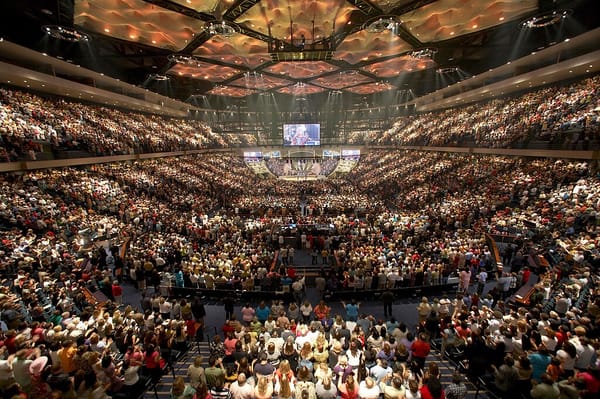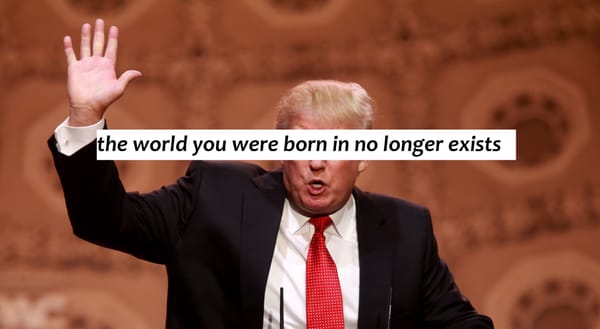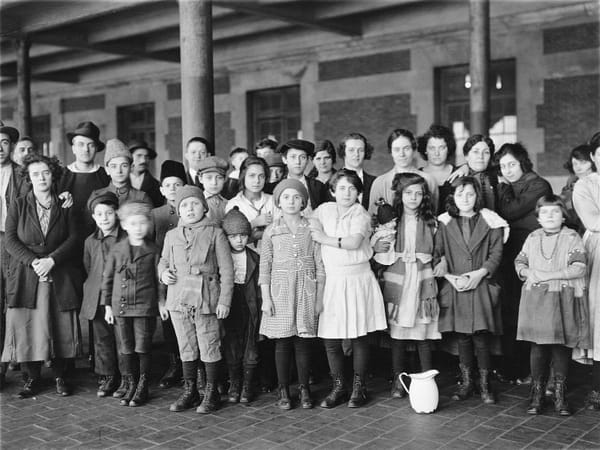The New Liberal

We’ve all heard the bad news. Liberalism is on the run, they say. From its birthplace on the British isles, to the European continent, to the Philippines. Most pressingly for us, it has taken a beating here in the United States—a country that was self-consciously founded on the principles of liberalism. A new populism characterized by a brash authoritarian attitude is on the rise at home and around the globe.
That’s the bad news. The good news, if it can be called that, is that liberalism is new again.
You can see it in the countless pieces calling for a revitalization. There is a shared sense that we all grew too comfortable. That liberals have rested on their laurels and are in this way partly complicit in the turn against liberalism. But liberals around the world and in America are treating this as a wake-up call. They are seeking a revitalization—even a revival. They are scrambling to develop a fresh liberalism more prepared for the challenges of the day.
What does it mean to speak of a new liberal?
Ideals do not float abstractly in the air. They do not exist in the contemplation of philosophers. Ideals exist in their application. The ideals of liberalism live through their concrete history, originally in fighting back church authority with state power, in opposing primogeniture and entail, in abolitionism and in the enfranchisement of women. As successive generations of liberals have attempted to carry the basic ideals forward, they found fresh applications for those ideals, making liberalism new again for their own eras.
Liberalism was never a homogeneous project, and different liberal thinkers and statesmen have found varying ways to apply its ideals. Liberalism is like a big river with many currents and eddies, rather than a monolith. Liberalism’s fortunes also wax and wane; our era is not the first to see it on the ropes. Whether through dramatic defeat or slow decline, it has cycled through rises, falls, and revitalizations many times in its history.
After a slow stagnation during the long malaise of the 1970s, the last great liberal revival was ushered in during the 1980s. It was called neoliberalism by its critics, and it represented a triumph of social science in general, and economics in particular. It therefore had more of a technocratic character than previous waves. We here at Liberal Currents are humanists; we prefer the messy work of history, democratic persuasion, and jurisprudence to the ambitions of social engineering.
Nevertheless, we feel that neoliberalism has often suffered unfair abuse. It brought with it enthusiasms for commerce across borders and freedom of movement, as glue for a peaceful global community. Neoliberal policies contributed to (though they cannot claim majority credit for) the rise of hundreds of millions of the world’s poor out of the most desperate material conditions.
But we are not neoliberals. Neoliberalism was too grounded in the dehumanizing assumptions of high modernism. And regardless, its day is done. The events of 2016, particularly Hillary Clinton’s loss to Donald Trump in the U.S. Presidential election, put the nail in the coffin of a moment in liberalism’s history that was, in retrospect, already drawing to a close.
Liberal Currents will be the voice of the new liberal, one willing to look back for insights and forward to a better future. The new liberal faces the practical, political difficulties of the here and now. The new liberal is “new” precisely in applying liberal ideals to the problems of today. For that reason, many of our chief concerns will be familiar: mass incarceration, the decline in checks on executive power, or the lack of legal protections for non-citizens. We also hope to draw attention to problems that haven’t drawn as many headlines, such as the abuses of prosecutorial discretion, the way housing restrictions hurt the poor, or strict occupational licensure stunts the options of low-skilled workers.
In America, at least for now, the new liberal is also a Democrat.
This is a crucial point. Liberal Currents is not a high-minded intellectual outlet that stays above partisan affairs. Liberalism is a political philosophy, and parties are the vessels of practical politics.
Moreover, we live in a time of heightened party loyalty but weakened parties. In that atmosphere, influencing the ideological profile of one of the major parties can make a crucial difference. While the 2016 election demonstrated that there is an ugly, retrograde element within the Republican Party, it would be wrong to suggest that that element represents most Republicans. Most Republicans, like most Democrats, vote out of party loyalty. It is precisely because so many are loyal to their parties that minority elements are able to exercise disproportionate sway over party platforms.
Parties are coalitions, and to form a coalition with the retrograde Republican minority who aggressively support Trump is simply unacceptable. The new liberal is far more willing to work with neoliberals and progressives—even socialists—than to risk assisting in the revival of publicly acceptable racism.
Beyond the outline sketched out above, the new liberal is someone still in the process of being discovered. We mean to embark on that process of discovery here at Liberal Currents. We hope that you will help us in this task, as a critically engaged audience but also as contributors. If you have a vision of who the new liberal is, we want to hear it! You can reach us at writers@liberalcurrents.com.
Featured image is Women’s March on Washington, taken by Mobilus In Mobili




